Tire Size 265/70r17 vs 265/65r17
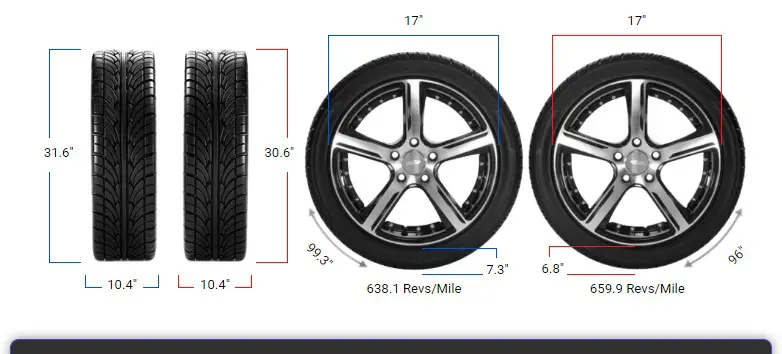
The main difference between the two tire sizes is the sidewall height. The 265/70R17 tire has a 0.5-inch taller sidewall than the 265/65R17 tire. This impacts several performance factors.
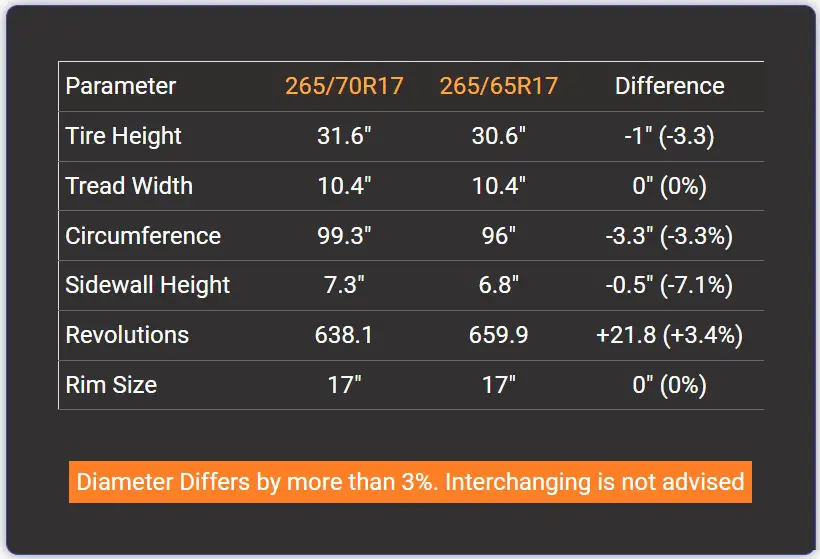
Fitment Guide
Replacement tires should be within a 3% difference in overall diameter. The 265/70R17 is 3.3% larger than the 265/65R17, so it may require modifications like a lift kit to prevent rubbing. In most cases, the 265/65R17 can directly replace the 265/70R17.
Ground Clearance
The larger 265/70R17 provides 1.04 inches more ground clearance. This is advantageous for off-roading over rough terrain by helping avoid scrapes.
However, it causes a lower speedometer reading than the smaller 265/65R17. The 265/65R17 reduces clearance, increasing the risk of damage, but gives a higher speedometer reading.
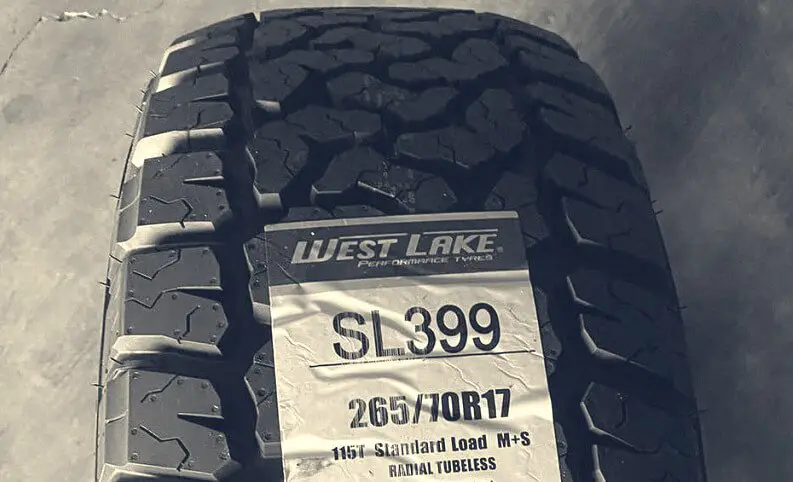
Fuel Efficiency
The 265/65R17 smaller contact patch and lower rotational mass improve fuel efficiency – which is crucial for daily driving. The larger 265/70R17 may reduce efficiency from increased rolling resistance and weight.
Ride Comfort
The 265/70R17 extra sidewall cushioning absorbs bumps for a smoother ride over uneven roads. The difference is modest but noticeable. The 265/65R17 gives a firmer, less isolated ride.
Aesthetics
The 265/70R17 taller sidewall has a subtly “stretched” look, suiting trucks and SUVs. The 265/65R17 appears slightly more low-profile. Visually, they are similar overall.
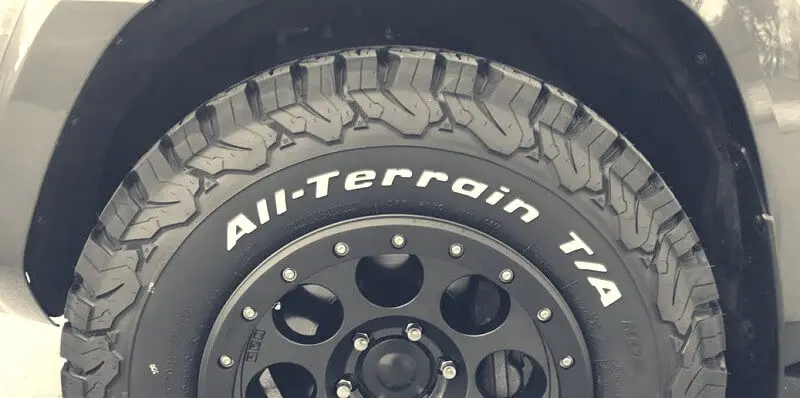
Handling & Stability
The 265/65R17 shorter sidewall enhances responsiveness and handling precision. The 265/70R17 extra flex reduces handling sharpness slightly. Both deliver responsive, stable handling however.
Noise & Vibration
The 265/65R17 transmits more road noise and vibration with its stiffer sidewall. The 265/70R17 sidewall flex dampens noise and vibration better. Differences are minor, though.
Durability & Wear
The 265/65R17 may exhibit more even treadwear and longer life. The larger 265/70R17 withstands impacts better, but its weight could increase drivetrain wear.
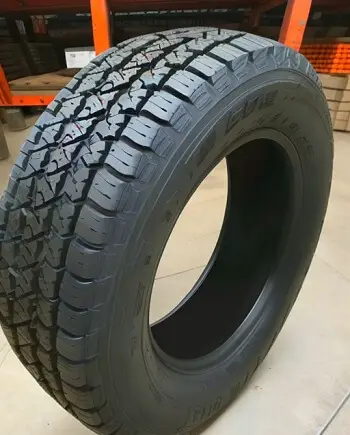
Adverse Conditions
The narrower 265/65R17 can cut through snow for traction. The wider 265/70R17 provides better traction in mud or off-road. Both perform well overall in adverse conditions.
Speedometer Reading
At 20 mph true speed, the 265/70R17 reads 20 mph on the speedometer. The smaller 265/65R17 reads 19.34 mph at the same true speed. The difference is 0.66 mph between the two sizes.
What Does the 70 Mean on 265 70r17 Tires?
The 70 on 265/70R17 tires refers to the aspect ratio of the tire, which is the height of the tire’s sidewall from the edge of the rim to the tire’s tread, expressed as a percentage of the tire’s width.
In this case, the aspect ratio is 70%, which means that the sidewall height is 70% of the tire’s width of 265 millimeters. Therefore, the sidewall height of the tire is approximately 185 millimeters.
Can I Use 265/70r17 Instead Of 265/65r17?
The diameter of the 265/70R17 is 1.04 inches (26.5 mm) larger than the 265/65R17, representing a 3.4% difference. According to the fitment guide, replacement tires should ideally be within 3% of the original tire’s overall diameter to avoid issues.
In this case, the difference exceeds the recommended limit, suggesting that using the larger 265/70R17 tires might require adaptations, such as leveling or lift kits, to accommodate their size and prevent potential problems like rubbing.
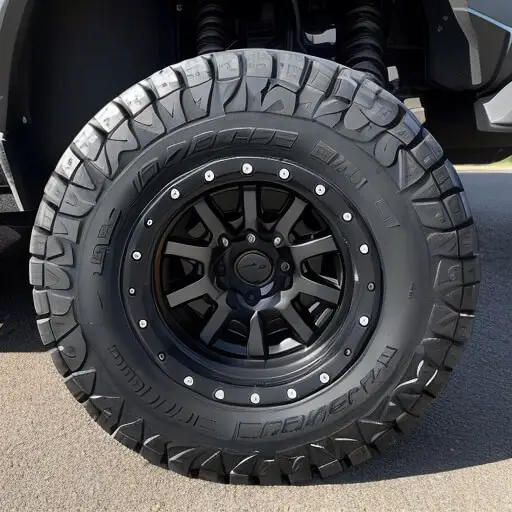
What Does 265/70r17 Mean?
The tire size “265/70R17” specifies key dimensions and characteristics. The “265” denotes a width of 265 millimeters, while “70” represents the aspect ratio—indicating the sidewall height as 70% of the tire’s width.
The “R” signifies radial construction, a common type. Finally, “17” designates the wheel diameter in inches, indicating compatibility with a 17-inch wheel. Converting the tire size, 265/70R17 is equal to 31.7×10.4R17 in inches.
What Does 265/65R17 Mean?
The “265/65R17” tire size details the tire’s dimensions and construction. The “265” indicates a width of 265 millimeters, while “65” represents the aspect ratio, signifying the sidewall height as 65% of the tire’s width.
The “R” denotes radial construction, a prevalent type. Lastly, “17” specifies compatibility with a 17-inch wheel, indicating the tire’s intended rim diameter. The inches measurement 30.6×10.4R17 corresponds to the tire size 265/65r17.
How Much Taller Is A 265/70r17 Tire Than A 265/65r17?
The 265/70R17 tire is taller than the 265/65R17 tire by 1.04 inches or 26.5 millimeters, which represents a 3.3% increase in diameter.
The overall height of the 265/70R17 tire is 31.61 inches or 802.8 millimeters, while the 265/65R17 tire is smaller, measuring 30.56 inches or 776.3 millimeters in height.

What Rim Size Fits 265/70r17?
The 265/70r17 tire can be mounted on wheels with a diameter of 17 inches and a rim width range of 7.0-9.0 inches. Therefore, a 17×7.0 rim size will fit a 265/70R17 tire.
What Rim Size Fits 265/65r17?
The 265/65r17 tire can fit on 17-inch diameter wheels with a rim width range of 7.5-9.5 inches. Thus, a 17×7.5 rim can accommodate a 265/65r17 tire.
Our Observation
I’m torn on the best overall after comparing the nuances between these two similar tire sizes. With its added ground clearance, cushioned ride, and aggressive styling, the 265/70R17 is optimal for trucks, SUVs, and off-road use.
However, the 265/65R17 enhanced handling, fuel efficiency, and snow traction make it better suited to cars, and crossovers meant primarily for on-road driving.
While differences are slight, I lean towards recommending the more well-rounded 265/65R17 for most drivers not needing significant off-road capabilities.
Its blend of responsive handling and comfort should satisfy most daily driving needs. However, those desiring maximum ground clearance or a tougher aesthetic may prefer the 265/70R17.

Meet Caitlin McCormack, a Tire Size Expert and Blogger Passionate About Everything Related to Tires. With Years of Experience in the Tire Industry, Caitlin Has Become an Expert in Tire Sizes and Their Impact on Vehicle Performance.
